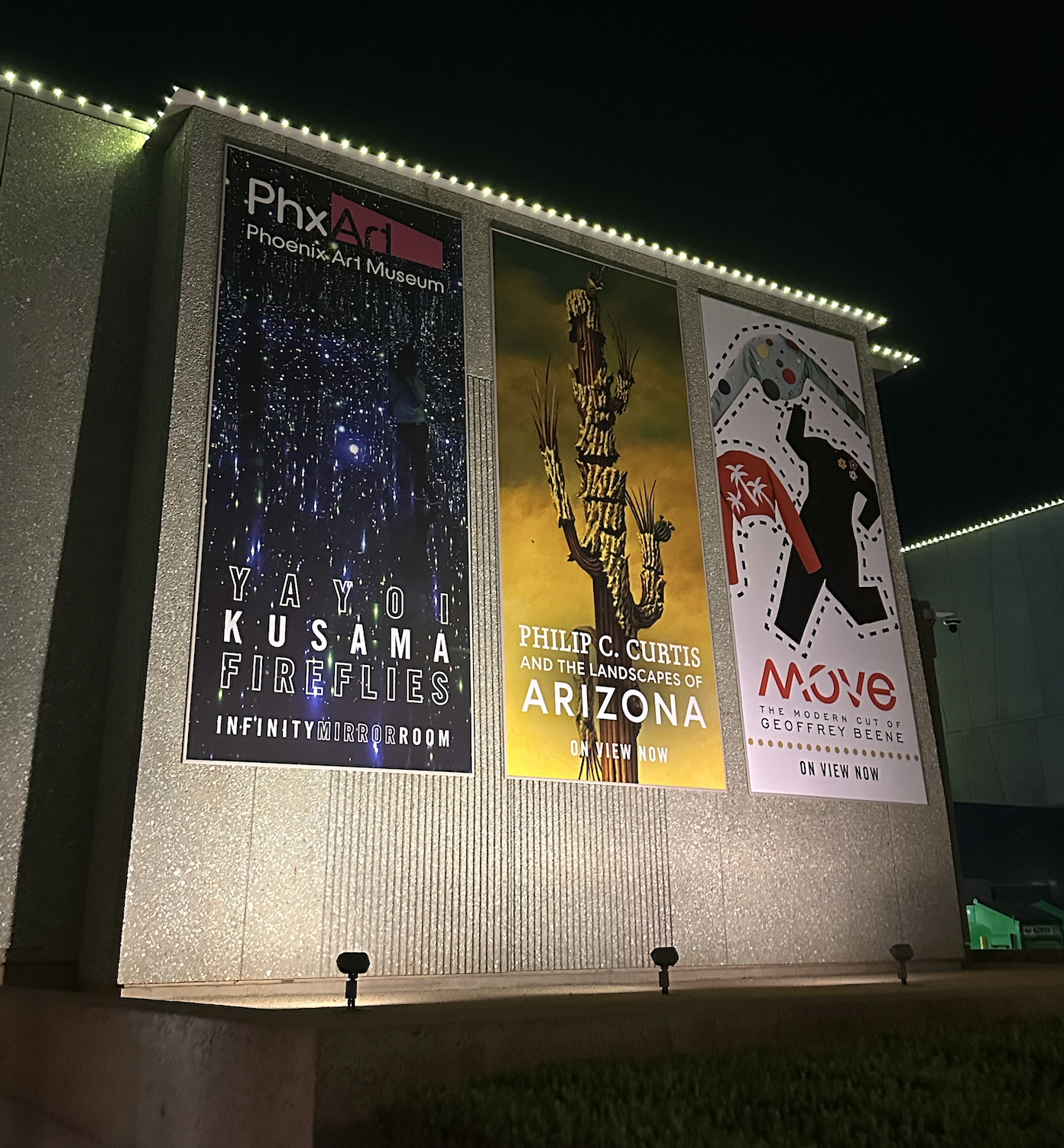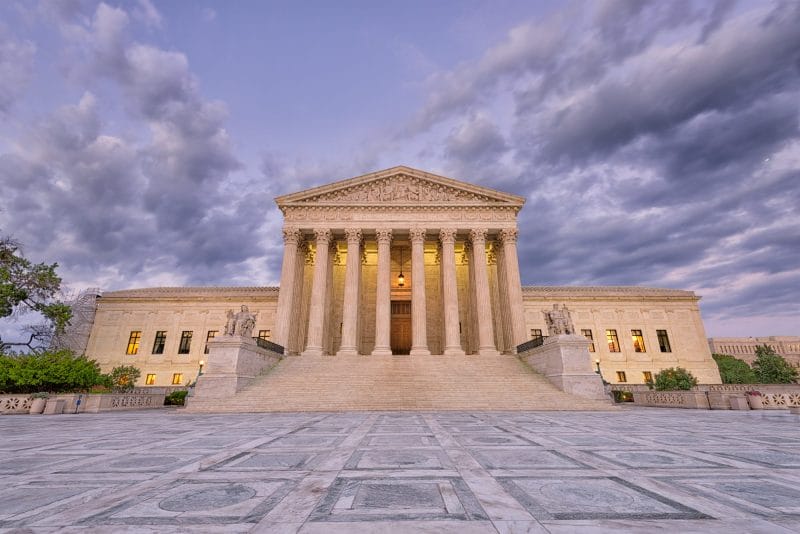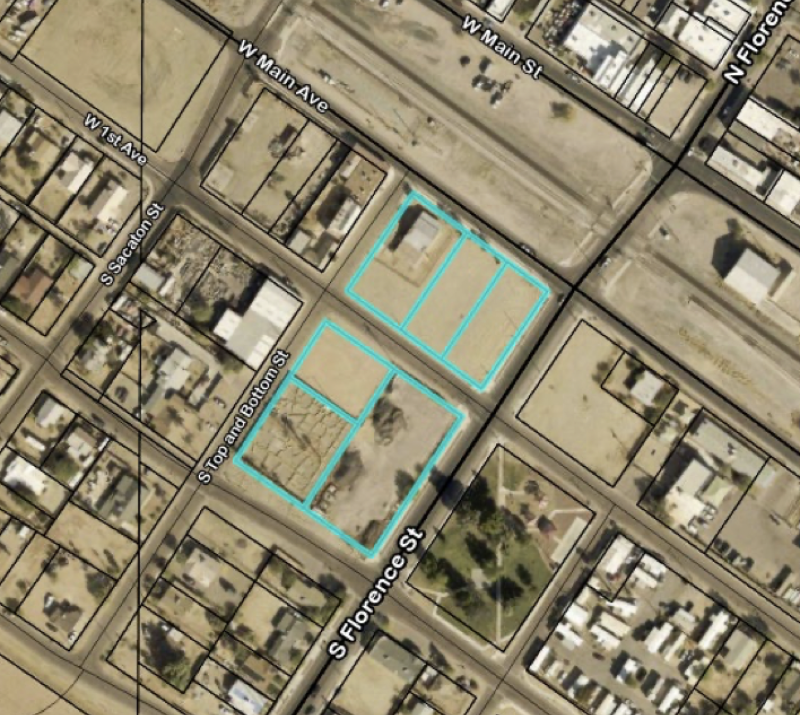Photo of Phoenix Art Museum by Madelaine Braggs, Rose Law Group Reporter
By Laura Raicovich and Laura Hanna | New York Times
Ask any workers in the nonprofit arts sector — maybe after they have had a few drinks — and they will tell you that arts funding in this country is a mess.
Here’s an example: At a typical midsize arts institution — a place like the Toledo Museum of Art, the Oakland Museum of California or the Queens Museum, an institution at which one of us has firsthand experience — much of the energy of any director is spent cobbling together funding. Most of the annual budget comes from a combination of strapped local government agencies; private philanthropy, such as foundations, individuals and corporations; and ticket sales and other earned income sources, such as venue rentals or gala events.
But there’s a large chunk of the budget — usually about 40 percent — that involves infrastructure costs like keeping the lights on and paying the staff salaries. Those are the costs that few donors are stepping up to take care of (since there’s little public prestige) and that government arts grants, because of current rules, don’t cover. Yet it’s this gap in funding, this 40 percent, that’s too often threatening small and midsize cultural institutions across the country right now.
There is a better way to fund the arts in America. It requires a leap of faith and creative cultural and political organizing to achieve a change in mind-set.
As policymakers in Washington gather to draft a new budget for fiscal year 2025, they could solve culture’s current financial crisis and radically reshape how we think about sustaining the arts. They could do this by tapping into abundant appropriations that already enjoy bipartisan support. To make this possible, first we need to stop treating museums, theaters and galleries like sacred spaces that exist in some rarefied realm of public life. And we need to start treating them — and funding them — like interstate highways, high-speed internet and other infrastructure projects, using money that’s earmarked to maintain the country’s infrastructure.








